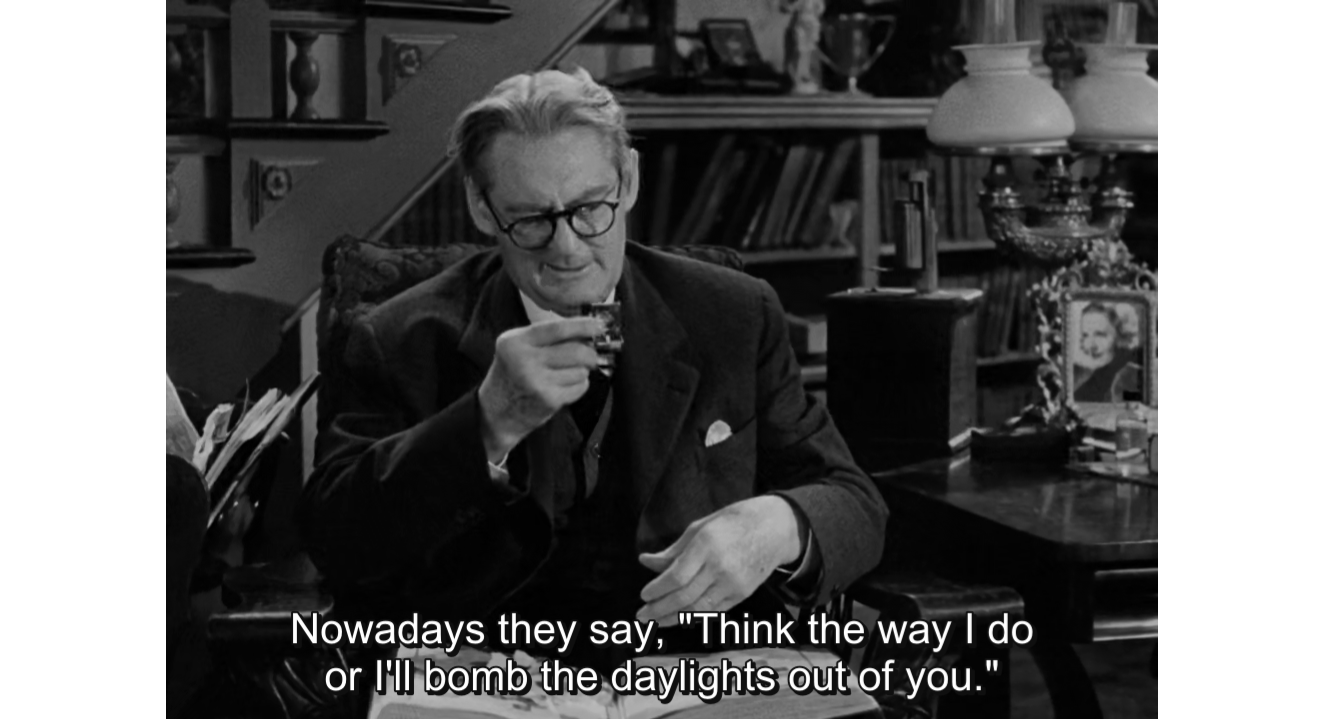
No Other Woman (Ruel Bayani, 2011)
Ruel Bayani’s No Other Woman has supposedly earned for itself the distinction of being the highest grossing Filipino movie of all time, for now. It’s essentially about marital infidelity, tackling the sordid turns in a married couple’s life when another girl enters frame. The premise alone makes it an unlikely crowd-drawer. However, the movie is designed for commercial success, featuring pretty faces and sexy bodies living and breathing in places that are seemingly removed from the reality that its targeted audience should be familiar with. It’s essentially escapist fare, piling gloss upon gloss to arrive at a final product that resembles the tacky front cover of a random lousy romance novel.
Ram (Derek Ramsey) has been selected to supply furniture to a luxury resort, where he meets Kara (Anne Curtis), the daughter of the resort owner. The two start an affair. Charmaine, Ram’s wife, starts to become suspicious and eventually discovers the affair, forcing her to compete for her husband’s attention. The story’s quite thin, riddled only by extraneous complications involving the characters’ familial histories, supposedly adding depth to the characters’ convictions and motivations. Unfortunately, the characters, despite all the needless details, are nothing more than caricatures that are meant to be objectified.
Although the movie parades with the sheen of seriousness and importance it borrows from its subject matter, it sometimes resolves to treat the subject matter with disarming humor. The movie shines when it is upfront with this irreverence, such as when the movie’s internal rules of fate and circumstance connive to have the wife and the paramour meet each other in the mall while wearing outfits of the same hue, with both of them bursting in the seams with knowledge of each other’s secrets, throwing each other one-liners with irresistible double-meanings. Joey Gosiengfiao is an obvious reference. However, Bayani seems unable to completely surrender to the pleasures and sophistications of camp, making his movie an unwieldy and inconsistent romp that leads essentially to something that is best described as dull, ordinary, and ultimately offensive to the intellect.
The movie is mired by an utter lack of integrity. It is unable to decide what it wants to be, a persisting problem of movies produced by mainstream studios whose addiction with formula and morally and socially acceptable but completely illogical endings has ruined nearly most of their films. Kara, a promising character who represents the Filipino woman that is uncharacteristically not beholden to marital vows and declares herself immune to love and guilt, unfortunately drowns in remorse, betraying whatever complexity the character has. The marriage of Ram and Charmaine, in what seems like a product of the director and his writers’ chronic lack of imagination, is as good as new. Even more bizarre is the resolution wherein the married couple actually becomes civil with the woman who nearly threatened their relationship, completely forgetting all the shouting sprees and the violent catfights.
It is as if nothing happened, and the entire ordeal is simply an avenue to learn lessons in life and gain new friends. I don’t even see why Bayani bothered to tell that story of infidelity at all, if infidelity turns out to be that inconsequential, that negligible. But then again, there’s big money to be made serving junk in pretty platters.
(Cross-published in Twitch.)









































